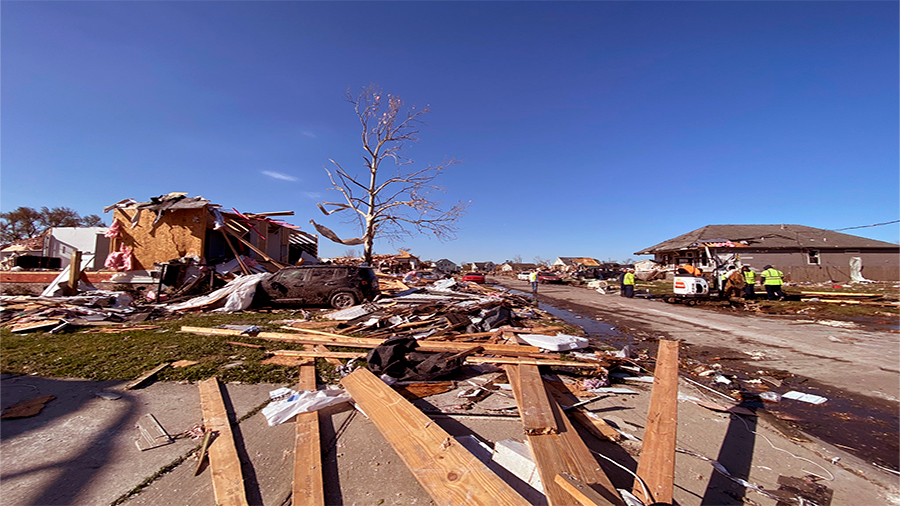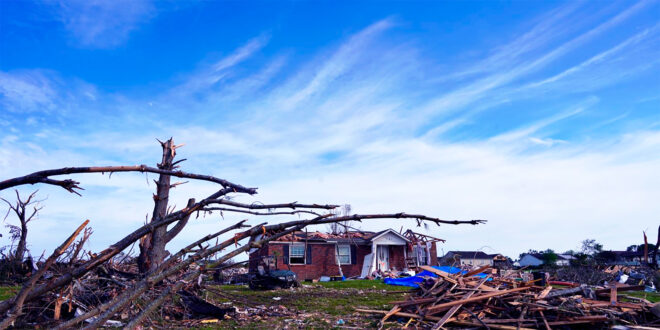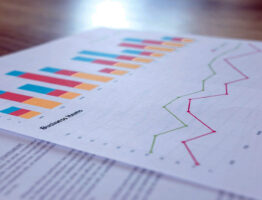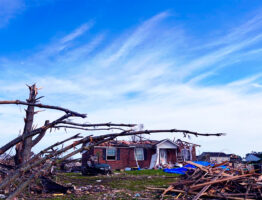Government Loan Programs For Weather Disaster Recovery
Weather disasters strike with increasing frequency and intensity, leaving individuals, communities, and businesses struggling to rebuild. Floods, hurricanes, wildfires, droughts, and storms can wipe out years of progress in a matter of hours. In such moments, financial recovery becomes just as urgent as physical reconstruction. While insurance provides some relief, it rarely covers all losses. This is where government loan programs step in, offering structured support to help victims of weather-related catastrophes restore their homes, reopen their businesses, and stabilize local economies. Understanding how these programs work, who qualifies, and what they cover is essential for navigating post-disaster recovery.
Why Government Loan Programs Are Essential After Disasters
Natural disasters create sudden financial burdens that most households and businesses cannot shoulder alone. Repairing damaged property, replacing equipment, and covering income gaps require immediate funding. Traditional lenders often hesitate to provide credit in high-risk situations, leaving survivors with few options. Government-backed loan programs fill this gap by offering affordable financing with flexible terms, ensuring that recovery efforts move forward quickly. These loans are not handouts—they must be repaid—but their subsidized rates and extended repayment schedules make them accessible even in the most difficult times. By spreading costs over years, loans transform overwhelming expenses into manageable obligations.
Stability Through Financing
By ensuring access to capital after disasters, government programs prevent widespread bankruptcies and job losses. This stabilizes local economies, enabling communities to recover faster and more effectively.

Types Of Government Loan Programs For Disaster Recovery
Several categories of loans exist to meet the diverse needs of disaster survivors. Some target individuals and homeowners, others focus on businesses, while certain programs assist entire communities. The table below highlights the most common types of disaster-related government loans and their main features:
| Loan Type | Primary Purpose | Typical Borrowers | Key Features |
|---|---|---|---|
| Home Disaster Loans | Repair or replace primary residences | Homeowners and renters | Low interest rates, long repayment periods |
| Business Physical Disaster Loans | Repair or replace property, equipment, inventory | Small and large businesses | Up to millions depending on damages, collateral required |
| Economic Injury Disaster Loans (EIDL) | Provide working capital to recover lost income | Small businesses, nonprofits | Covers payroll, bills, and expenses until recovery |
| Community Recovery Loans | Repair infrastructure and public facilities | Municipalities, local authorities | Government-to-government assistance, long terms |
Tailoring Programs To Needs
Each loan type addresses specific recovery needs. While a homeowner might require funds for structural repairs, a small business could need capital to resume operations, and municipalities may seek financing to rebuild roads or water systems.
Eligibility Requirements And Application Process
Government loan programs are designed to be accessible, but they still require applicants to meet certain conditions. Eligibility often depends on the type of damage, geographic location, and ability to repay. Typically, applicants must demonstrate that their losses are directly linked to a declared disaster. Documentation such as insurance assessments, photographs, and financial statements is critical. Applications usually involve several steps: submitting forms, undergoing damage inspections, and providing evidence of repayment ability. While processing times vary, governments aim to disburse funds quickly to support urgent recovery needs.
Key Requirements
Borrowers must generally prove ownership of damaged property, document financial losses, and show willingness to use funds strictly for approved recovery purposes. Collateral may be required for larger loans, especially in business programs.
The Role Of Federal And Local Agencies
Disaster loan programs are often managed by federal agencies in coordination with local authorities. For example, in the United States, the Small Business Administration (SBA) plays a central role, while in other countries, national development banks or disaster relief agencies administer loans. Local governments also provide complementary programs, offering microloans or subsidies to fill gaps not covered by national schemes. This layered approach ensures that assistance is broad and adaptable to diverse community needs. Coordination between agencies is crucial, as delays or overlap can slow down recovery.
Public-Private Cooperation
Banks and credit unions often partner with governments to deliver loans, expanding reach and leveraging private-sector expertise in financial management. These partnerships improve efficiency and accessibility for borrowers.
Challenges In Accessing Disaster Loans
Despite their importance, government loan programs face challenges. Survivors may struggle with paperwork when already overwhelmed by disaster. Strict eligibility requirements can exclude certain groups, such as informal businesses or renters without proper documentation. Collateral demands may also discourage smaller enterprises. Additionally, awareness remains a problem—many affected individuals are unaware of available loan options or how to apply. Improving communication and streamlining processes remain key priorities for agencies that want to maximize impact.
The Problem Of Timing
Delays in loan approval and disbursement can slow recovery. Even when funds are eventually delivered, lost time may mean missed opportunities to restart operations or secure housing.

Benefits Of Disaster Loan Programs For Communities
When implemented effectively, government loan programs benefit not only individuals and businesses but entire communities. Home repair loans restore neighborhoods, business loans protect jobs, and community recovery loans rebuild essential infrastructure. These programs create ripple effects that accelerate regional economic stability. By keeping businesses afloat, loans ensure supply chains remain intact, reducing disruption for other sectors. Moreover, by easing financial burdens, they help residents maintain dignity and hope during difficult times, strengthening social cohesion and resilience against future disasters.
Multiplier Effects
Loans trigger broader recovery dynamics. When businesses reopen, they employ workers, who in turn spend wages locally, fueling demand for services and further stimulating recovery.
Future Directions In Disaster Loan Programs
As climate change intensifies weather-related catastrophes, disaster loan programs must evolve. Governments are exploring ways to integrate resilience into financing, offering incentives for borrowers to rebuild in safer, more sustainable ways. For instance, loans may include favorable terms for businesses that adopt disaster-resistant construction or homeowners who elevate structures in flood-prone zones. Digital platforms are also streamlining applications, reducing paperwork, and accelerating approvals. Partnerships with international financial institutions may expand the resources available, ensuring that recovery programs can handle increasingly frequent and severe disasters.
Building Resilience With Finance
Instead of merely restoring the status quo, modern loan programs aim to build resilience. Borrowers are encouraged to adopt practices that reduce vulnerability, making future disasters less destructive.
The Conclusion
Government loan programs for weather disaster recovery play a vital role in rebuilding lives, businesses, and communities. By providing affordable, accessible financing, they bridge the gap between immediate devastation and long-term stability. Whether through home repair loans, business recovery financing, or community infrastructure programs, these loans transform overwhelming losses into manageable challenges. While challenges in awareness and access remain, the continued evolution of these programs ensures they remain central to disaster recovery strategies. For individuals and businesses alike, understanding and utilizing these loans can mean the difference between prolonged hardship and a successful return to stability.




